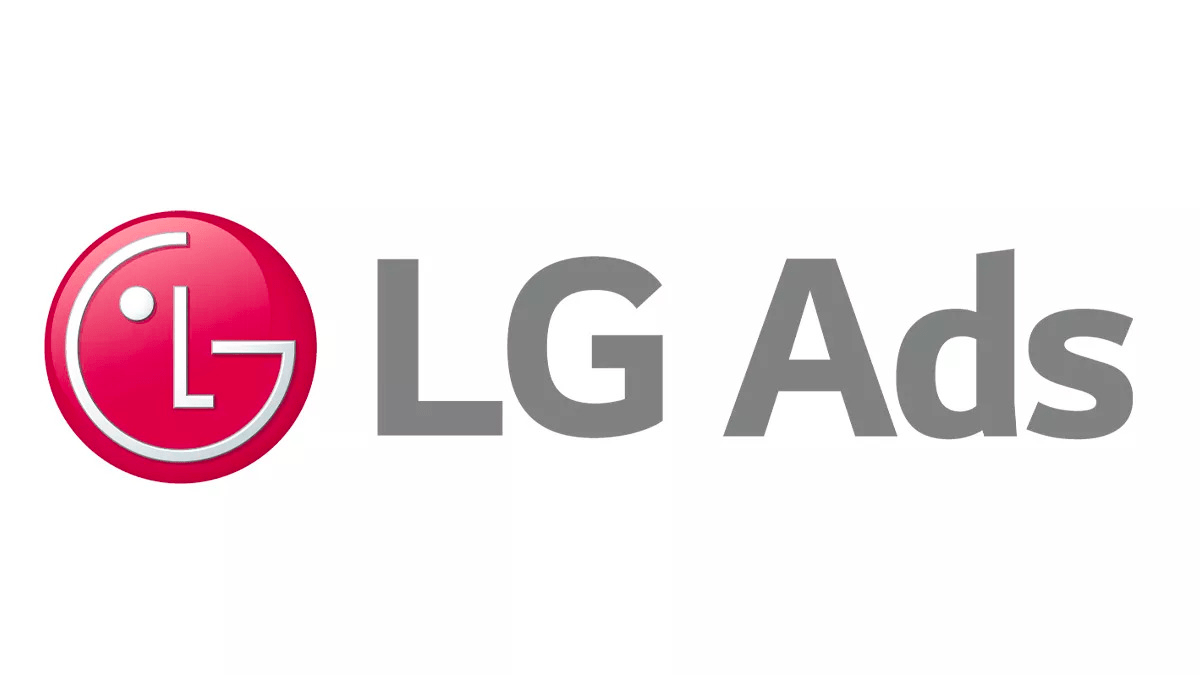Recently, the team here at YuktaMedia has been helping publishers that are looking to take advantage of all the benefits of header bidding to determine and implement the right header bidding strategy and setup for their business’ unique needs—whether they want to use Prebid.js or another technology provider.
It’s no secret that header bidding has evolved dramatically since its introduction to the marketplace, and the ever-growing number of solutions and setups can make it confusing and even frustrating for publishers to find the right solution.
With that in mind, we’re shedding light on the truth behind five of the most common misconceptions we see among publishers that are just getting started with header bidding:
MYTH #1: More is always more.
Everyone likes more. Think about it: more sales, more revenue, more inventory—it’s easy to see why publishers often assume that more is also better when it comes to their header bidding strategy.
TRUTH: Less is more.
The age-old adage really is true. Many publishers make the mistake of trying to use a “spray and pray” strategy—running header bidding on every site and every ad unit with the misguided belief that this will provide them with the broadest pool of advertisers and thus the highest monetization.
The reality is that using this kind of setup can introduce unnecessary complexities into an already complex technology solution, and it can create room for errors that can have a big impact on your end results.
Here are a few easy tips to help you get started. But remember, the most important thing is to keep it simple! (And with that in mind, we recommend Prebid for an easy, customizable solution—although we recognize that it may not be for everyone.)
- Start with a basic setup with just a few ad units or a single site;
- Use simple ad types and formats—avoid more complicated formats like video, for example;
- Assuming you’re using Prebid, limit your setup to a few hundred lines across various demand partners rather than a few hundred lines for each.
MYTH #2: The more, the merrier.
There are various reasons why publishers might think it’s a good idea to onboard as many of their demand partners as possible at the same time. Whether an attempt to minimize technical resources or just excitement to move from kick off to a mature header bidding strategy as quickly as possible, many publishers make the mistake of trying to invite too many friends to the party before they have the new apartment set up.
TRUTH: Walk before you run.
Contrary to popular belief, it’s not in a publisher’s best interest to kick off a header bidding strategy with 15 or even 10 demand partners. In fact, it’s not even in their best interest to kick off with five. Sticking with the theme of less is more, it’s important to remember that starting out by focusing on two or three demand partners will net you the best results.
By controlling the number of partners at the start, publishers can identify partners’ individual buying patterns and then tweak their strategy accordingly before onboarding more demand. Adding too many demand partners can make it extremely difficult to gain meaningful, actionable insights that you can use to hone your strategy for the best results.
A few things to consider before adding a demand partner:
- Are they really interested in buying the inventory that you have to offer? Believe it or not, this basic question can be easily overlooked during initial negotiations;
- Be sure to find out up front whether your demand partners have any technical limitations in terms of working with Prebid, for example, if that’s the solution you choose;
- Determine whether each partner’s bids are net or gross—this will have an impact on your payouts and price floor strategies.
Remember: quality over quantity.
MYTH #3: Set it and forget it.
As header bidding solutions evolve and become simpler and more technically advanced, it can be tempting for publishers to assume that no more (or only minimal) changes or tweaking is required after initial setup and testing. This couldn’t be farther from the truth, however.
TRUTH: Lather, rinse, repeat.
Much like many of the other advertising solutions available for publishers in our industry, however, for those publishers that really want to see the best possible results header bidding is a game of constant experimentation and continued learning.
Even using something simple like Prebid, getting your header bidding setup just right requires frequent and ongoing experimentation. With that in mind, here are a few tactical suggestions that we’ve seen benefit the publishers we work with:
- Always create test ad units before implementing Prebid on existing ad units;
- Always use test pages to work out end-to-end flows and identify and fix any technical glitches that may arise;
- Don’t reinvent the wheel—use tools for identifying issues proactively that are freely available;
- Be sure to experiment with different floor prices (we recommend starting with lower floors) to fully understand its impact on fill rate and revenue;
- Always add and remove demand partners by site or ad unit;
- Be sure to allow time for bidding patterns to change after altering a demand partner’s setup.
MYTH #4: Measure what you need.
Somewhat surprisingly, publishers often overlook the importance of accurate and timely reporting and analytics—OR they think that the more analytics they have, the better their strategy will be automatically.
TRUTH: Measure twice, cut once.
As every good carpenter knows, it’s impossible to produce the desired end result without all of the necessary input—and not just any input, but the most accurate input possible. Similarly, analytics and reporting are integral to a successful header bidding strategy. When using Prebid, for example, it’s imperative that publishers have a solution that can track at least the following KPIs:
- Bid rate
- Fill rate
- Revenue
- eCPM
- Discrepancy
- Bid response times
- Bid density
- Latency impact
Access to these metrics isn’t the only requirement, however. Publishers also need to remember the importance of receiving reports in near real-time in order to be able to react appropriately. Only by tracking KPIs—and doing so at the site, tag and demand partner level—can publishers ensure that they’re optimizing their setup and minimizing the impact of user experience following page rendering.
MYTH #5: You’ve got a golden ticket.
With all the hype around how much header bidding can boost a publisher’s business, it’s no wonder that many publishers expect revenue to go through the roof simply as the result of adopting Prebid, for example.
TRUTH: Content is still the king!
As a publisher, your key asset is still the content that you create and provide to your audiences and/or users. It’s true that solutions like header bidding can help boost publishers’ business, but as we’ve already discussed it’s a technology that requires ongoing work—not the least of which is continuing to produce and publish great content that will entice your audience to keep coming back for more. Remember: without audiences, there’s no opportunity for header bidding to impact your bottom line at all!
At YuktaMedia, we know that the header bidding landscape can be confusing and even intimidating for publishers. That’s why we are dedicated to working with publishers of all shapes and sizes to help them navigate the tricky process of setting up a successful header bidding strategy. Whether you’re using our new Prebid adapter or prefer another solution, we’re here to help you determine the perfect setup for your business’ unique needs.
To find out more about our Prebid adapter or to learn more about header bidding, visit YuktaMedia or email us info@webtest.yuktamedia.com




 Talk to a Media ERP Specialist
Talk to a Media ERP Specialist

















